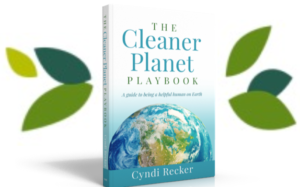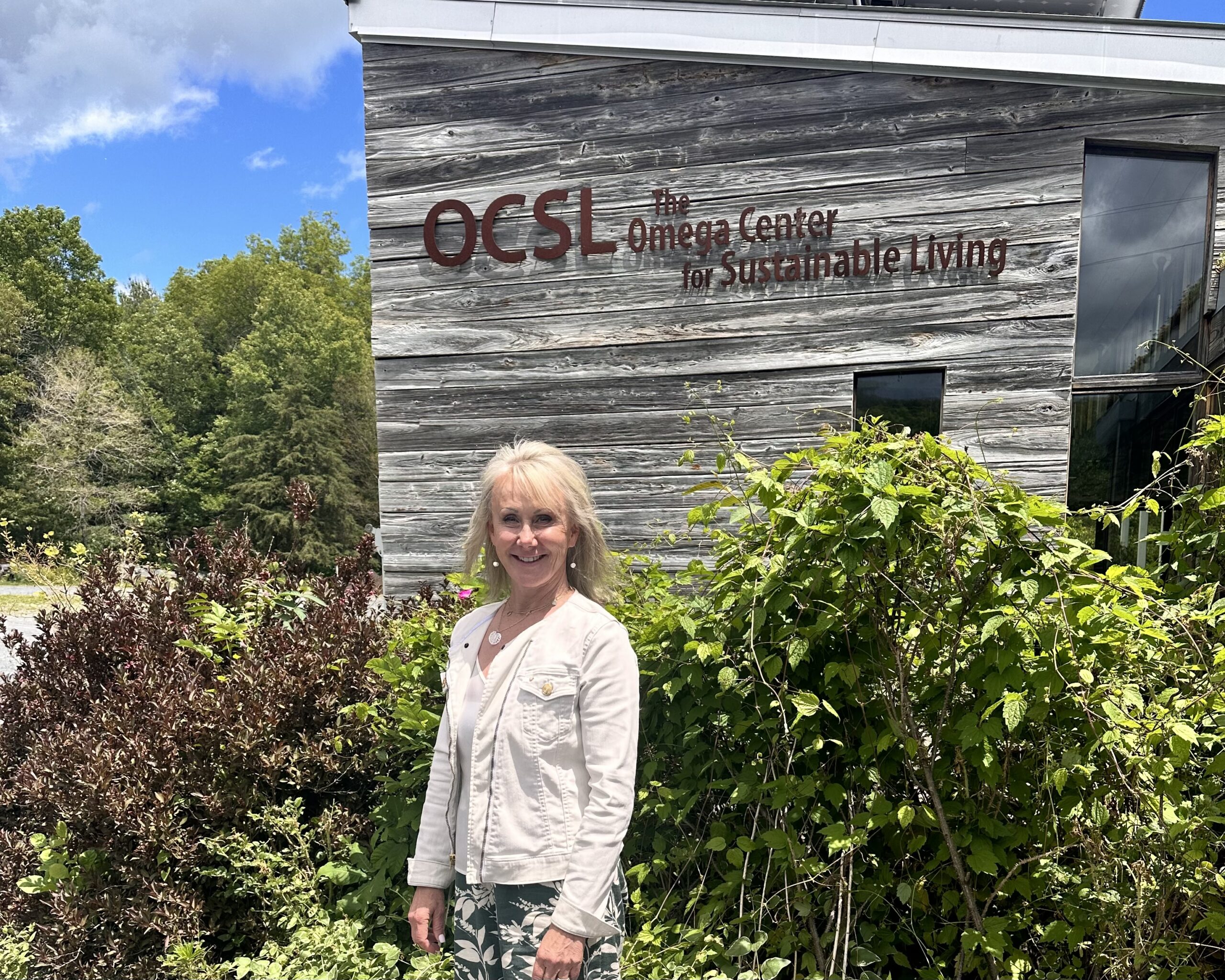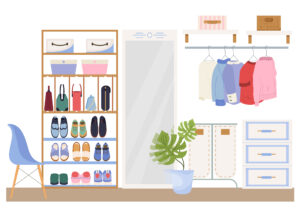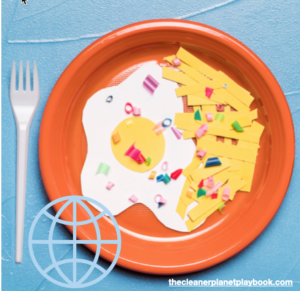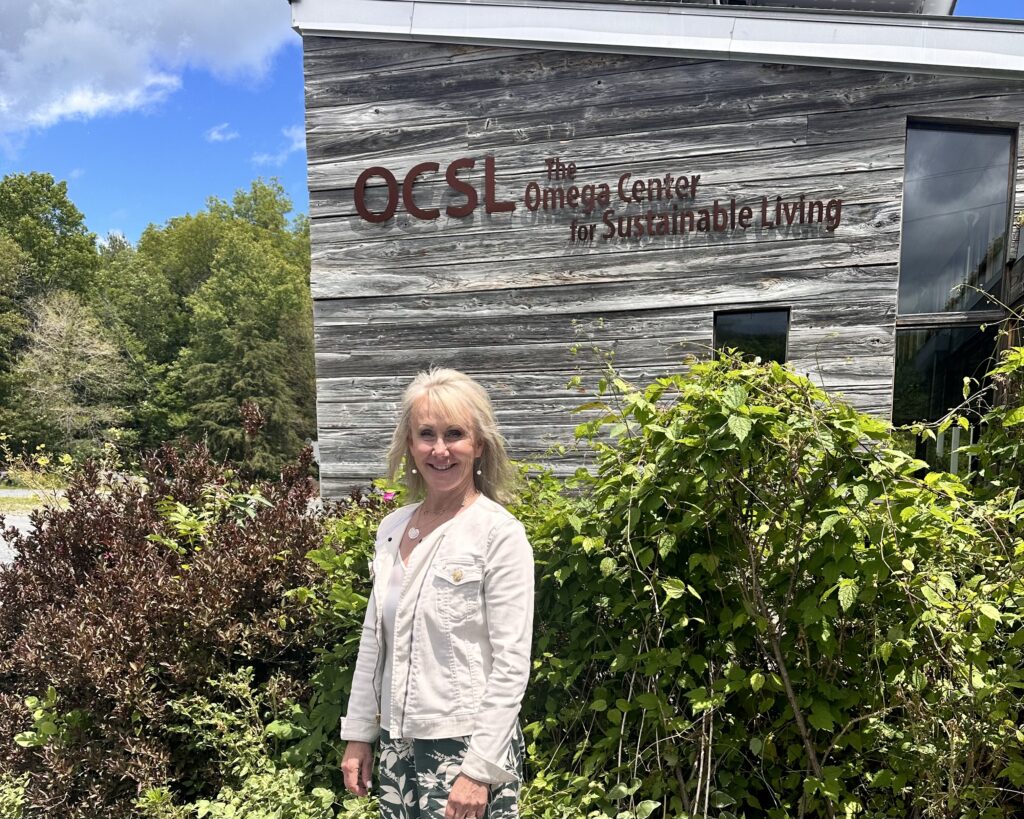
A Visit to the Omega Institute’s LEED Platinum Building: Inspiration for Sustainable Living
Nestled in the lush Catskill Mountains, the Omega Institute is a sanctuary for those seeking growth, connection, and adventure. On a transformative weekend visit, I explored the Sustainable Living Center—a marvel of eco-friendly design and sustainability. This LEED Platinum-certified building seamlessly blends modern living with nature, featuring hydroponic plants, solar panels, and innovative water systems. Join me as I guide you through this inspiring space and share practical, budget-friendly tips to enhance your home’s sustainability. Discover how aligning with your inner spirit can lead to personal and planetary health, transforming your life and environment from the inside out.
Let me take you on a tour of the Omega Institute, a LEED Platinum Building that will inspire sustainable living.
A Visit to a LEED Platinum Building: Inspiration for Sustainable Living at the Omega Institute
Nestled in the lush, green expanse of the Catskill Mountains, the Omega Institute feels like a whimsical sleepaway camp for adults, brimming with opportunities for growth, connection, and adventure. The Omega Institute’s campus is a sanctuary of natural beauty and mindful living, where every corner invites you to slow down, breathe deeply, and reconnect with nature.
My visit there was to attend a course with my best friend from college. Her friend was leading a group through a workshop to align with your divine. The weekend was a transformative journey, leaving an indelible imprint on my heart and mind. The wealth of encouragement from my fellow group members was like a warm embrace I never expected.
I have an enduring passion for personal health and fitness, and an equal curiosity about our relationship with the environment. These two concepts, I believe, are inseparable, as excellent health relies on a healthy environment. Once I heard about the Omega Institute’s highly sustainable building, I made sure to set aside time to explore their Sustainable Living Center (OCSL) during our program break.
State-of-the-Art
The Sustainable Living Center stands as a symbol of environmentally conscious design and sustainable practices. This state-of-the-art facility not only embodies the principles of sustainable design but also serves as an educational hub, inspiring visitors to adopt more eco-conscious lifestyles. It is a living example of how we can design a structure to harmonize modern living with the natural world. The center’s design incorporates solar panels, geothermal heating systems, rainwater harvesting, and organic waste recycling to minimize environmental impact and promote sustainability.
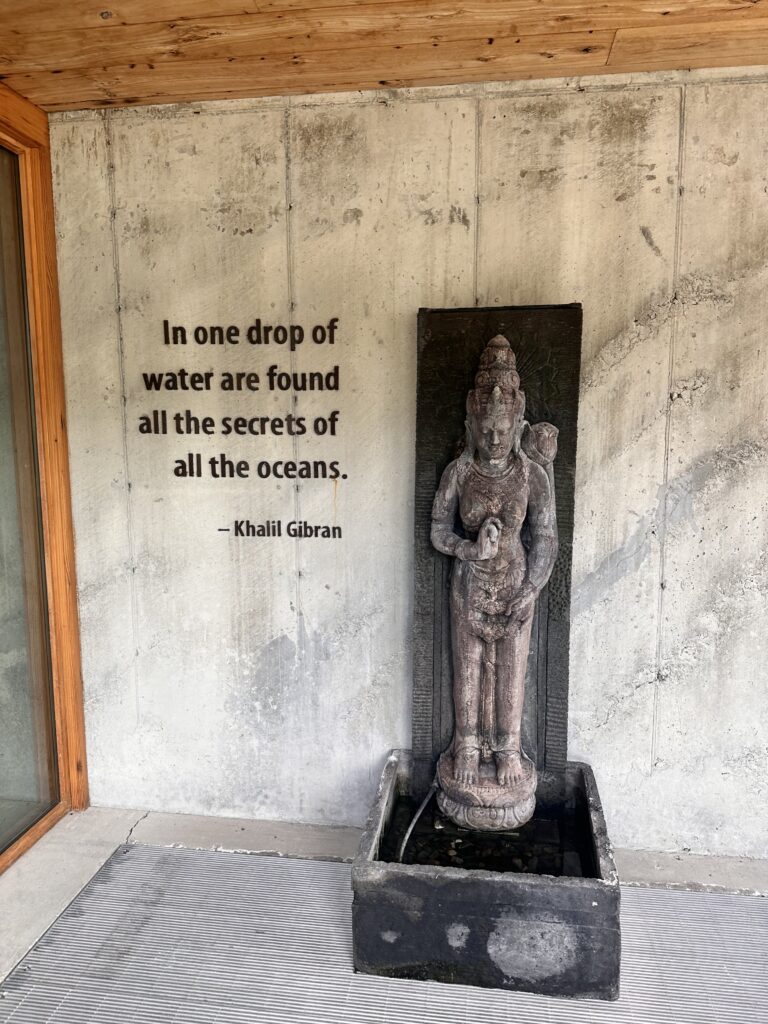
As I guide you through this extraordinary building, you will witness its sustainable features and inspiring qualities. Whether you’re an experienced environmentalist or just curious about green living, the Omega Institute’s Sustainable Living Center provides valuable insights and practical examples for a healthier, more sustainable planet. During the tour, I noticed others on the tour were as curious as I was, especially with the “RED LIST”. Whether you’re building a new home or renovating, this list compiles materials you should avoid in construction. To wrap up the tour, I will offer practical tips based on my visit and propose budget-friendly weekend projects to enhance the sustainability of your home.
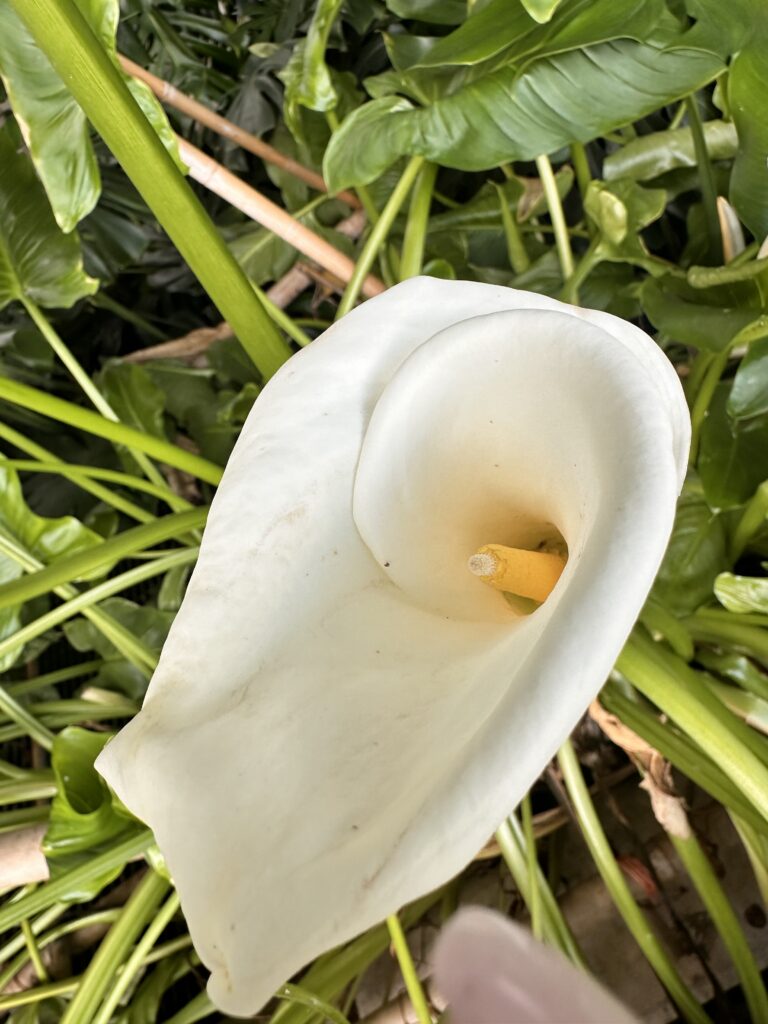
Key Features and Takeaways
The use of wood and stone enhances the building’s inviting aesthetic on the interior, and native plants and grasses surrounding it. When we visited, the sight of so many caterpillars conjured up images of a future where the air would be filled with breathtaking butterflies.
1. Hydroponic Plants:
– The building featured an impressive array of hydroponically grown plants. The most impressive Monstera plant I have ever seen. Hydroponics, which involves growing plants without soil, using nutrient-rich water instead, is an efficient way to cultivate lush vegetation indoors. This method conserves water and allows for precise control over nutrient delivery, promoting faster growth and healthier plants.
Indoor cultivation of herbs or food through hydroponic growing makes it a suitable option for colder climates with short growing seasons or scorching places like my home in Arizona, where there is a limited variety of crops.
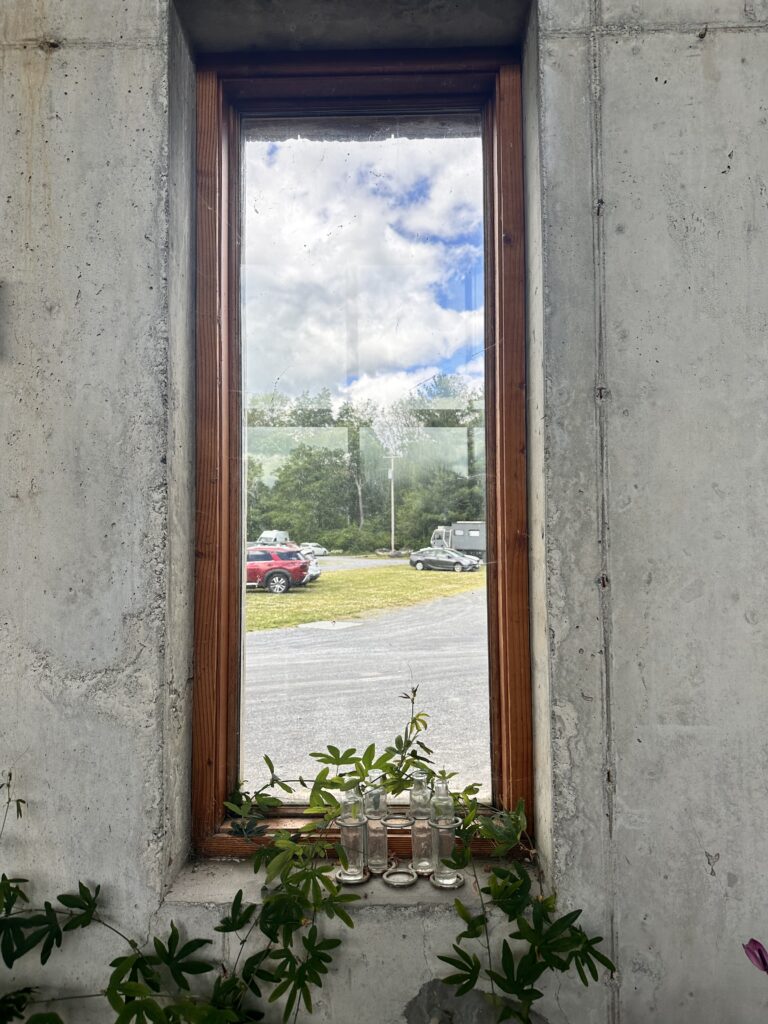
2. Natural Light:
– Large windows and strategically placed skylights flooded the interior with natural light. In addition to saving energy, reducing the need for artificial lighting also created a vibrant and uplifting atmosphere.
This environment is a perfect haven for plants, with lush greenery and abundant growth. After having visited lush tropical places and rainforests from the Pacific Ocean to Oregon, I was still taken aback by the immense size of the blooms and leaves at the center.
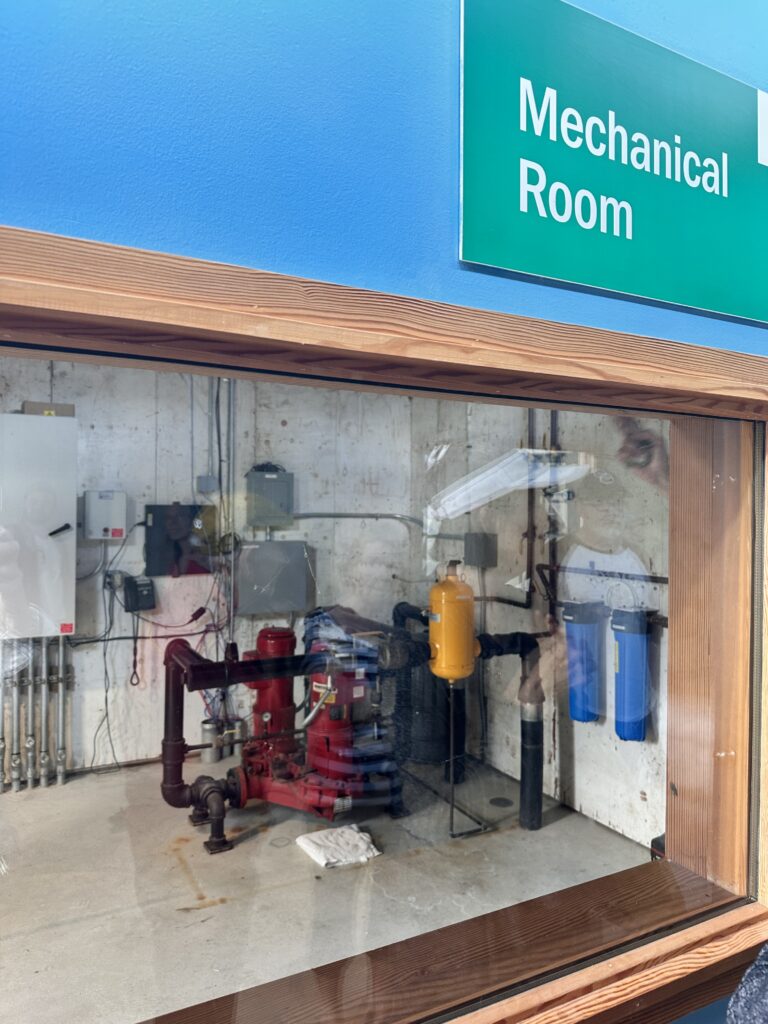
3. Energy Efficiency:
The building aimed to minimize energy usage by implementing a blend of solar panels, energy-efficient appliances, and advanced insulation methods. The overall ambiance of the building was cool, airy, and invigorating.
4. Sustainable Materials:
From start to finish, the emphasis on non-toxic, sustainable materials was unmistakable. Every detail, from the use of reclaimed wood to the application of low-VOC paints, was meticulously chosen to ensure a healthy indoor environment. Throughout the tour, the guide highlighted the significance of the “Red List,” a comprehensive guide that alerts you to toxic items that you should refrain from having in your home. Chronic health conditions can arise from exposure to toxic fumes, chemicals such as flame retardants, and seemingly natural substances like mold, and the effects can vary from person to person.

https://earth911.com/home-garden/beware-of-the-red-list-top-materials-to-avoid-in-your-home
5. Self contained water system
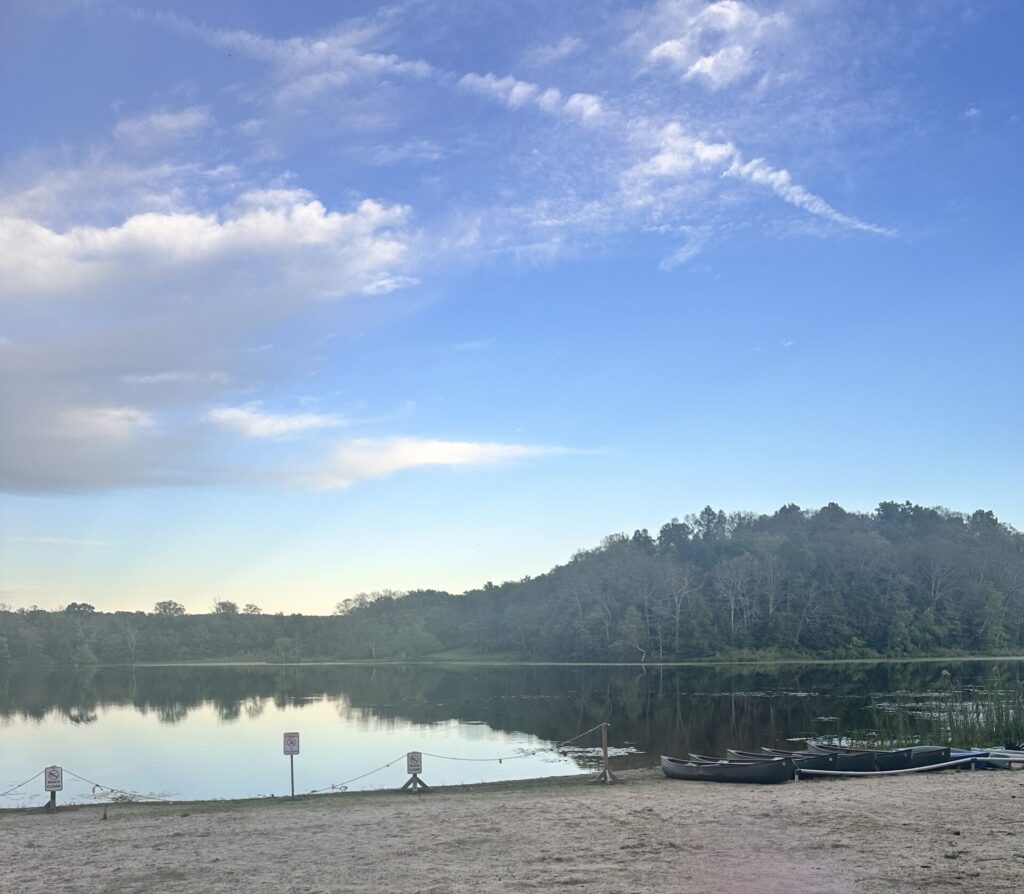
The water system, completely enclosed, efficiently provided for the buildings’ needs and managed sewage functions. Right outside the building, there was a stepped down water filtration field, effectively purifying water and replenishing the water table.
Weekend Projects for a Sustainable Home
After being inspired by my visit, you can undertake some practical and affordable weekend projects to make your home more sustainable.
1. Create a Hydroponic Garden
Materials Needed:
– A hydroponic kit (available online or at gardening stores)
– Seeds or seedlings
– Nutrient solution
Steps:
– Set Up the System: Follow the instructions provided with your hydroponic kit to set up the system. This typically involves assembling the structure, placing the growing medium, and filling the reservoir with water and nutrients.
– Planting: Sow the seeds or plant the seedlings in the growing medium.
– Maintain: Regularly check the water levels and add nutrient solution as needed. Ensure the plants receive adequate light, either from natural sources or grow lights.
Benefits:
– Hydroponic gardening uses less water than traditional soil gardening.
– It allows you to grow fresh, healthy produce indoors year-round.
2. Enhance Natural Lighting
Materials Needed:
– Light-colored paint or reflective surfaces
– Sheer curtains or blinds
– Mirrors
Steps:
– Paint Walls: Paint your walls with light colors to reflect more natural light throughout the room.
– Window Treatments: Replace heavy curtains with sheer ones to let in more sunlight.
– Use Mirrors: Strategically place mirrors opposite windows to bounce light around the room, making it appear brighter and more spacious.
Benefits:
– Reducing the need for artificial lighting saves energy and lowers your electricity bills.
– Natural light boosts mood and productivity.
3. Install Low-Flow Fixtures
Materials Needed:
– Low-flow showerheads
– Faucet aerators
– Low-flow toilet conversion kit
Steps:
– Replace Showerheads: Unscrew your existing showerhead and replace it with a low-flow model.
– Add Faucet Aerators: Screw faucet aerators onto your kitchen and bathroom sinks.
– Convert Toilets: Install a low-flow toilet conversion kit to reduce water usage per flush.
Benefits:
– Conserving water helps protect this vital resource and reduces your water bill.
– Low-flow fixtures are inexpensive and easy to install.
4. DIY Compost Bin
Materials Needed:
– A large plastic bin or wooden crate
– Drill (for plastic bin) or hammer and nails (for wooden crate)
– Organic waste (fruit and vegetable scraps, coffee grounds, eggshells)
– Yard waste (leaves, grass clippings, small branches)
Steps:
– Prepare the Bin: Drill holes in the sides and bottom of the plastic bin for aeration. If using a wooden crate, ensure there are gaps for airflow.
– Layering: Start with a layer of yard waste, followed by organic kitchen waste. Continue to alternate layers.
– Maintain: Turn the compost regularly to aerate it and speed up the decomposition process. Keep it moist but not too wet.
Benefits:
– Composting reduces kitchen waste and creates nutrient-rich soil for your garden.
– It’s an eco-friendly way to recycle organic materials.
Conclusion
The Omega Institute offered an experience that went far beyond the confines of the weekend workshop I had originally planned. Aligning with your inner spirit or divinity is like unearthing a hidden wellspring, bubbling with life, within yourself. Feeding your body, mind, and soul with new energy, tapping into this source can make you feel rejuvenated. This leads to a better sense of health and well-being, invigorating you with renewed energy and vitality.
“Auguries of Innocence” by William Blake that beautifully reflects the idea of the interconnectedness of inner and outer transformation:
“To see a World in a Grain of SandAnd a Heaven in a Wild Flower,
Hold Infinity in the palm of your hand
And Eternity in an hour.”
With these fresh emotions surging through you, they spill over, expanding past your own limits. The overflow symbolizes the transformative power of growth and renewal, impacting everything in its path. Similar to how a wellspring can make a desert bloom, your inner alignment with spirit can create positive changes in your surroundings. You start making conscious choices that mirror this inner peace, such as selecting healthy foods, engaging in regular exercise, and adopting a sustainable lifestyle.
Earning its LEED Platinum certification, the building demonstrated how sustainable design can transform natural elements, creating a healthier living environment from the inside out. By incorporating some of the building’s innovative concepts into your own home through quick weekend projects, you can transform your living space into a healthier environment and lower your ecological impact, all while staying within budget. Take small steps towards renewal and alignment to make healthy changes and transform your environment from the inside out.
